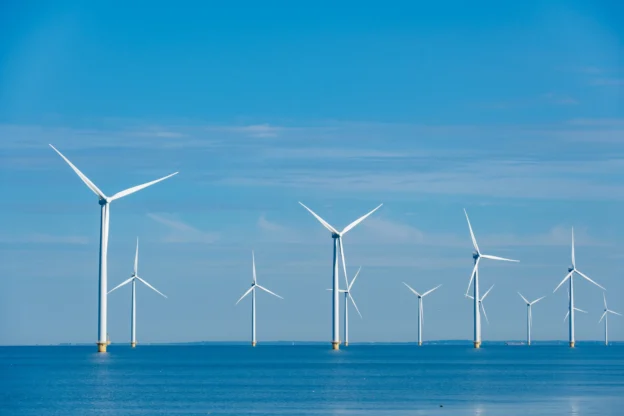The UK Government has decided to extend the legal deadlines for resolving two energy development applications linked to offshore wind energy projects. The measure affects the Outer Dowsing wind farm off the coast of Lincolnshire and the Morecambe wind farm in the Irish Sea.
Both applications were submitted under the Planning Act 2008, which regulates major energy infrastructure projects and dictates that the Secretary of State must make a decision within three months of the submission of the Examiner’s report. However, section 107(3) of the Act allows for deferral of the decision if adequately justified.
New dates for both projects
The Outer Dowsing Offshore Wind project, promoted by GT R4 Limited, envisions the installation of up to 100 offshore wind turbines with a total capacity of 1.5 GW. Its assessment was to be completed by October 10, 2025, but the new date set is February 10, 2026.
The Morecambe Offshore Wind Farm, developed by Morecambe Offshore Wind Farm Limited and backed by Copenhagen Infrastructure Partners (CIP), will have 35 turbines with a capacity of 480 MW. Its resolution deadline is from October 23, 2025 to December 18, 2025.
What was the reason for the extension?
The Ministry of Energy has indicated that this extension seeks to solicit additional information that was not submitted during the formal review of the applications, while allowing time for interested parties to review and comment on such supplemental documentation.
According to the Minister for Energy Consumers, Martin McCluskey, although the extension is not the preferred option, it is essential to ensure that all projects meet the standards required under the 2008 Planning Act. He also stressed that the decision to extend the deadlines is made without prejudging the final outcome on the approval or rejection of the projects.
Implications for the UK energy transition.
The two wind farms are relevant to the UK government’s plan to achieve net zero emissions by 2050. Together, they could add around 2 GW of renewable capacity to the national grid, contributing to a reduction in fossil fuel use.
Extending the deadlines does not imply slowing down renewable development, but rather seeks to ensure sound technical processes, transparency and access to information for communities, local authorities and economic stakeholders.
Source: United Kingdom Parliament

